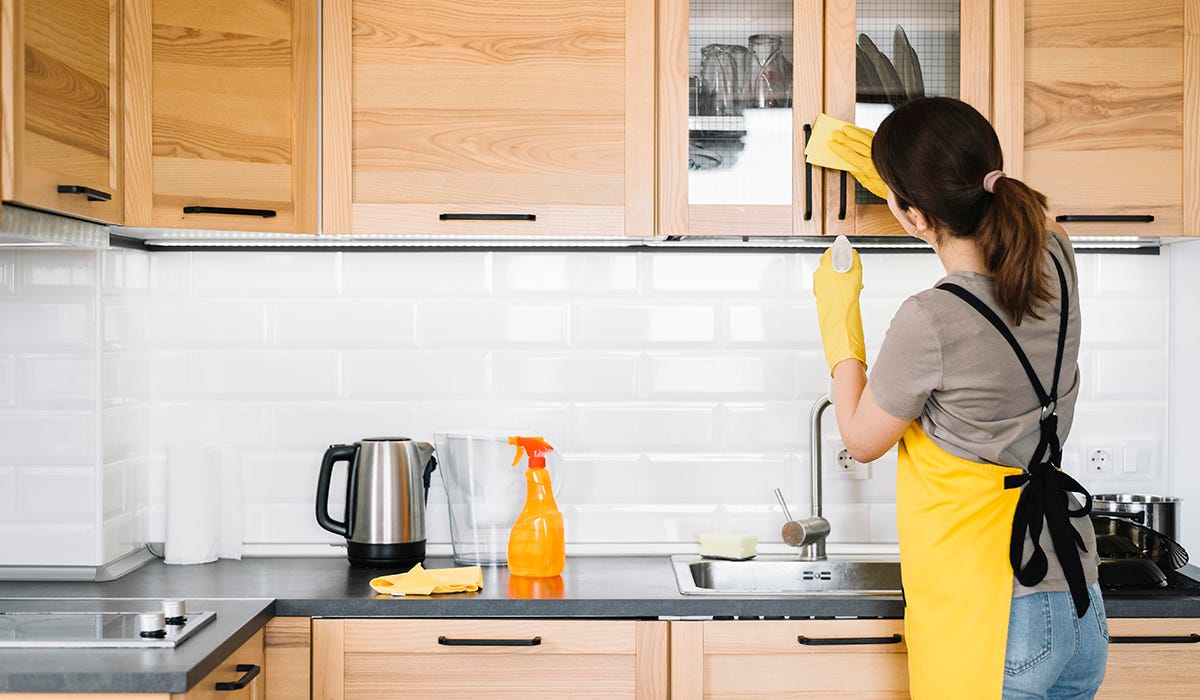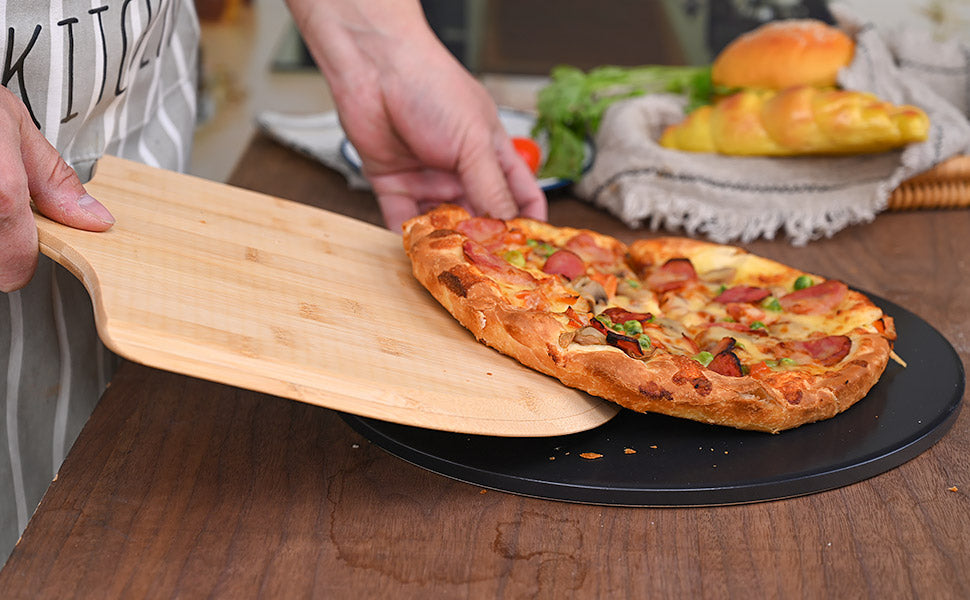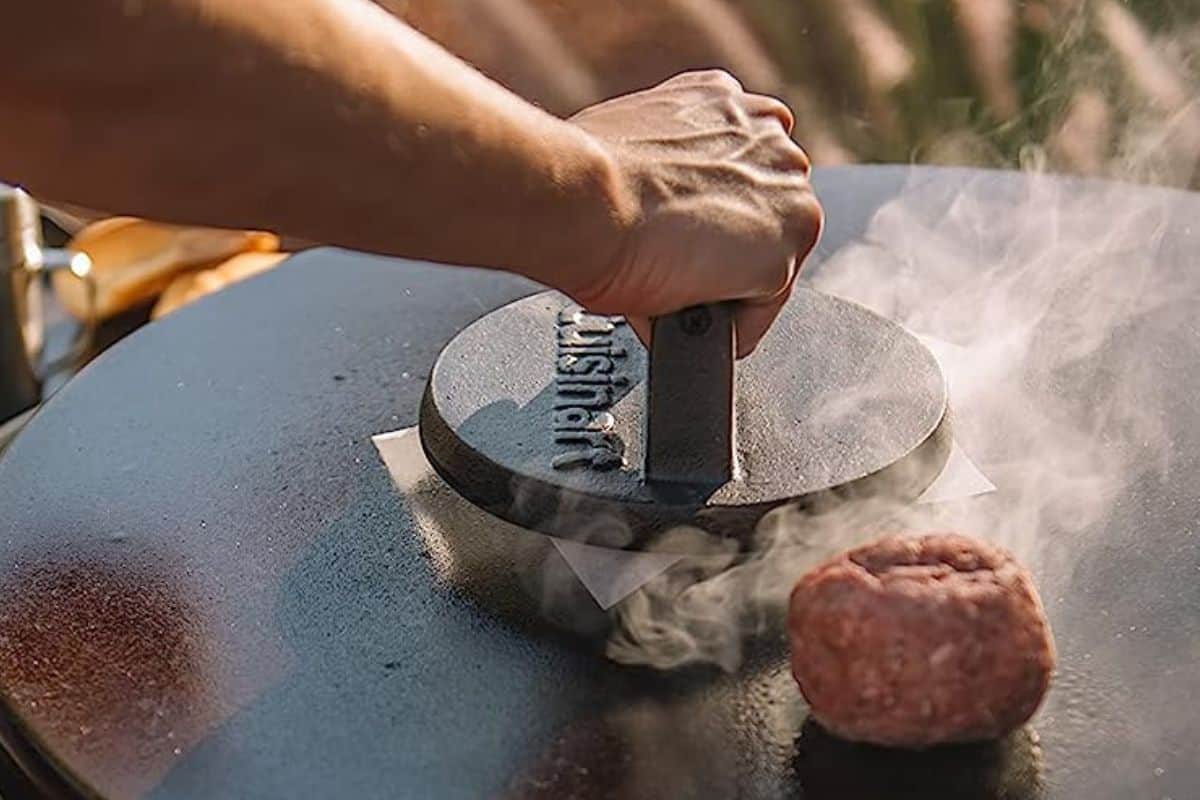When it comes to maintaining your kitchen equipment, particularly your cast iron cookware, knowing how to strip cast iron is a vital skill for kitchen professionals. Cast iron is not only durable but also provides excellent heat retention and distribution, making it a beloved choice among chefs. However, over time, your cast iron cookware may lose its seasoning or become discolored due to food residue, rust, or improper care. This guide will provide you with comprehensive methods, helpful tips, and essential insights about stripping cast iron while ensuring the longevity and functionality of your cookware.

Understanding the Basics of Cast Iron
Before diving into the various techniques of stripping cast iron, it is essential to understand the material itself. Cast iron is a type of cookware made from molten iron and has been a staple in kitchens for centuries. Its unique properties make it ideal for a variety of cooking methods, including frying, baking, and braising. The key to maintaining cast iron is its seasoninga layer of oil baked into the surface, which provides a non-stick coating and prevents rust.
Signs That Your Cast Iron Needs Stripping
As a kitchen professional, you must recognize when your cast iron cookware requires replenishing. Here are some signs to look out for:
- Sticky or tacky surface: If your pan feels sticky even after washing, it may need to be stripped.
- Flaking seasoning: If you notice gray or bare patches, your cast iron needs attention.
- Rust spots: Rust is an enemy of cast iron and indicates it's time to strip.
- Bad odor or off-flavors: If your food tastes metallic or the pan emits a foul odor, strip it down immediately.
Methods to Strip Cast Iron Cookware
There are several effective methods to strip cast iron cookware, each suitable for different levels of buildup and damage. Lets explore these methodologies.
1. The Oven Self-Cleaning Method
One of the most efficient ways to strip cast iron is by taking advantage of your oven's self-cleaning feature. This method is ideal for heavily soiled pans.
- Preheat your oven to its self-cleaning mode.
- Place your cast iron cookware upside down on the top rack to catch drips.
- Run the self-cleaning cycle, which usually takes about 2-3 hours.
- Once done, allow the cookware to cool completely before removing it.
- Post-cleaning, re-season your cookware before use.
For more details on maintaining cast iron skillets, visit this helpful guide.
2. Chemical Stripping Methods
For those who prefer to opt for a chemical approach, you can use specific oven cleaners or lye. This method can be effective, but make sure you take the necessary safety precautions.
- Put on protective gloves and goggles.
- Spray the oven cleaner generously on the cast iron surface.
- Seal the pan in a plastic bag for 24 hours.
- Afterward, scrub off the residue with a steel wool pad and rinse thoroughly.
- Always re-season your cookware after stripping.
3. Using Electrolysis
Electrolysis is an advanced method that uses a battery charger and water with washing soda. It can strip cast iron without damaging the metal.
- Make a bath using a plastic container filled with water and a tablespoon of washing soda.
- Submerge the cast iron cookware and connect the charger.
- Leave the setup for a few hours, monitoring the process.
- Rinse the cookware and dry it thoroughly.
For a more straightforward cleaning process, consider reading about cleaning burnt Dutch ovens.
Prevention and Maintenance Tips
Stripping your cast iron cookware should be approached with care, but preventing buildup is also crucial. Here are some tips to maintain your cast iron in optimal condition:
- Clean your cast iron promptly after use with warm water and a stiff brush.
- Avoid soaking your cast iron in water, which can lead to rust.
- Always dry the cookware thoroughly after washing to prevent moisture accumulation.
- Re-season your cast iron periodically, even if it doesn't look damaged, to maintain its non-stick surface.
Curious about more practical uses of Dutch ovens? Check out this article on cooking ribs.

Frequently Asked Questions
1. How often should I strip my cast iron?
Your cast iron cookware should be stripped when you notice significant buildup or rust, which may take several years, depending on use.
2. Can I use soap on cast iron after stripping?
While it's best to avoid soap generally, using a mild soap during the initial cleaning after stripping is acceptable, but always re-season afterward.
3. Whats the best oil for re-seasoning cast iron?
Flaxseed oil is highly recommended due to its high smoke point and ability to create a robust seasoning layer.
For further tips on how to care for cast-iron cookware, refer to this informative guide.
This article contains affiliate links. We may earn a commission at no extra cost to you.






Leave a comment
This site is protected by hCaptcha and the hCaptcha Privacy Policy and Terms of Service apply.